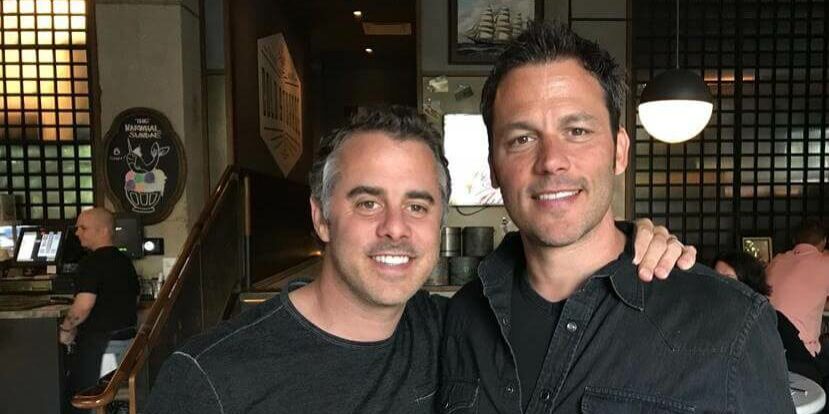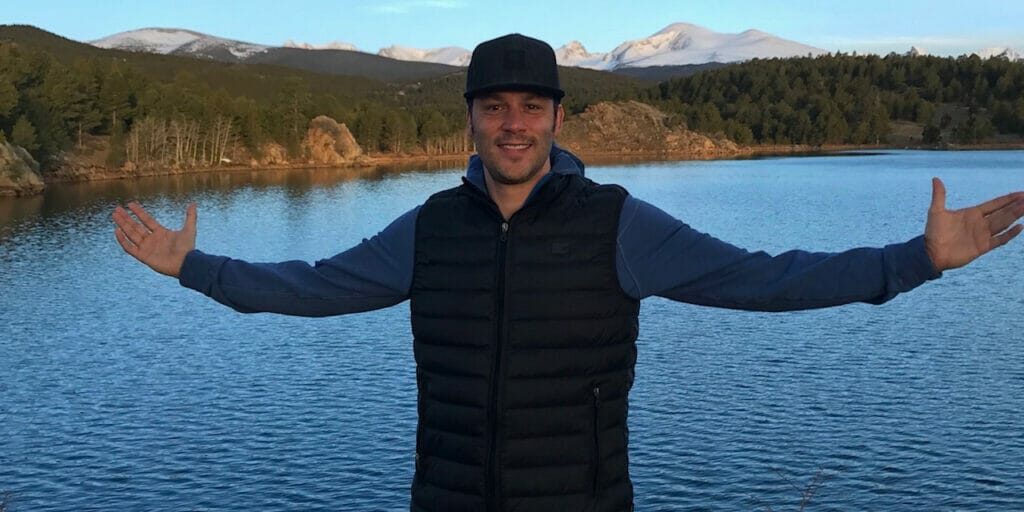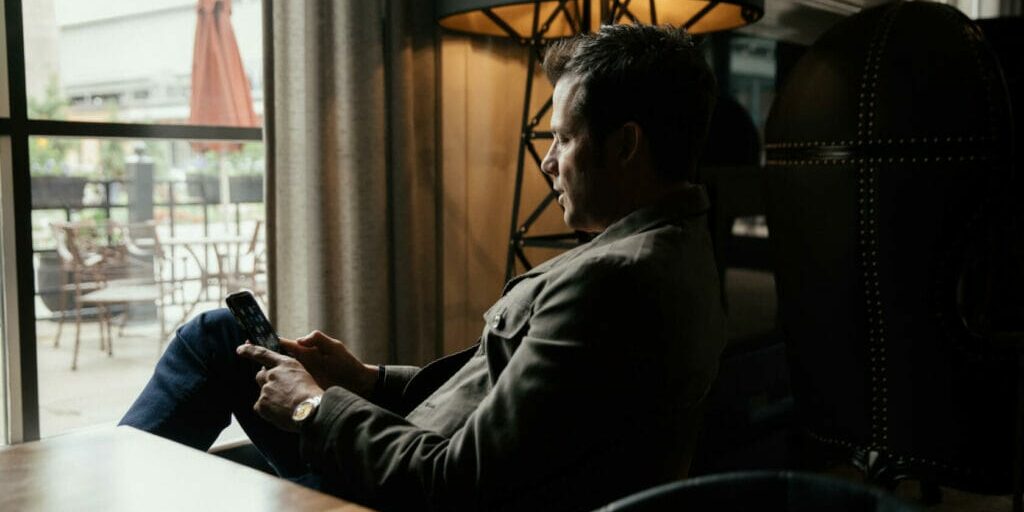“I can’t decide.”
So I didn’t. The truth is, avoiding that hard decision and others like it cost me time, opportunity and cycles of unnecessary rumination and distraction. I learned that procrastinating a hard decision is actually a decision in and of itself. It also typically comes with a cost.
Understandably, many of us hesitate when the stakes are high instead of being decisive. Or, in the words of Paul Epstein, a sports executive turned bestselling author and keynote speaker: We play defense when they should be playing offense.
That “offense vs. defense” mindset is crucial because it’s what separates the elite from the pack, says Paul, whose latest book is “Better Decisions Faster.” These top performers are comfortable with “imperfect action” instead of indecision.
Of course, we all want to make good decisions. As Paul says, everyone agrees with the adage “If you show me the quality of your decisions, I’ll show you the quality of your life.”
The challenge isn’t about intent; it’s about preparation. Most of us struggle to develop consistent decision-making processes and systems.
“And so I wanted to not just shine a light on the power of decision-making, I wanted to create a playbook for the ‘how to,’ the application,” he says. “And it solves for the problems of paralysis. It solves for the problems of indecision. Putting my leadership and sales cap on, it solves for the problem of decision fatigue and decision overwhelm.”
I asked Paul to help me better understand why it’s so difficult to make quality, fast decisions even when the results can be life-changing and to offer some perspective on how to be more decisive.
Overcome the Fear of Making a Decision
The 2010s were a decade where business decisions were easier for many leaders. We experienced a growing economy, easy credit and plentiful opportunities. You could succeed without necessarily making decisions under pressure or with incomplete information.
That’s all changed in recent years. Many leaders are facing paralysis by analysis, perhaps for the first time. And not everyone received the training they needed along the way.
“I got promoted from individual contributor to manager. I asked for a playbook. And they said, ‘What are you talking about?’ And so you figured out how to close the gap and be a part of the solution,” Paul says.
If you are playing catchup with your decision-making promises, that’s OK. Here are a few points of wisdom from Paul:
- Control what you can control. Separate what you can act on versus what’s not in your power. “When I see a recession, cool. That’s an external condition. I don’t affect that,” he says.
- Don’t let incomplete information stop you. People who play defense are always waiting for more information, and they miss opportunities. People who play offense take the initiative. “Because they’re decisive, they embrace and they’re comfortable with imperfect action,” Paul says. “And because they’re comfortable with imperfect action, they don’t fall prisoner to the worst decision of them all: indecision.”
- Procrastination often manifests from personal fears. Procrastination is a natural response, oftentimes because we have a fear of the unknown. We end up doubting ourselves, lacking self-belief and questioning our confidence, Paul says, and that hurts our performance. “We don’t make effective decisions when we’re on edge,” Paul says.
Apply the Head-Heart-Hands Equation
Recognizing the need for better decision-making is only half the battle. We need to understand why we struggle and how we can build a better process. Paul has created an equation called Head + Heart = Hands, which he defines as:
- Head: Your mindset.
- Heart: Your authenticity
- Hands: Your actions.
When you approach a decision point (hands), Paul says, there are two checkpoints: Your head and your heart. Another way to visualize this is as a traffic light.
“When you pull up to a traffic signal, you know exactly what to do: Green, you go. Yellow, you assess. Red, you stop. That’s how the head-heart-hands equation works,” Paul says. “And so when Head and Heart are on board, it’s a green light. … No head, no heart? Red light: Don’t do it or stop doing it.”
The challenge, however, is that the vast majority of life’s decisions aren’t that simple. They land in the “messy middle” of yellow, where Head and Heart aren’t aligned. Think of “yellow” as coming in good and bad shades, Paul says.
The bad yellow is what causes us to be fearful, to freeze when we should act. In the workplace, this could be tolerating difficult sales performers because they are so productive. The risk, Paul says, is that these productive-but-toxic performers infect your culture and hurt engagement, productivity and retention for years to come.
The challenge — and the opportunity — for leaders today is to take those “yellows” and move them to “green.”
Paul shared a deeply personal story of how he converted a difficult “yellow” situation in his own life. After becoming a new father while still feeling the loss of his own dad at a young age, his head and his heart weren’t aligned. This disconnect was dragging him down, and he avoided taking action for a while.
“I was afraid to talk to my best friend, my wife, my partner, because I was afraid of judgment,” Paul says, so he avoided the conversations for months. But one day, he finally overcame this decision paralysis and fear.
“And the response was, ‘I’ve been waiting to have this convo for months. You haven’t been yourself.’ And then she said, ‘We will get through this. This was ‘me,’ she made it a ‘we.’ And I was like, ‘That’s it.’ All of a sudden, this yellow, dark, nasty place started to flicker green.”
By overcoming your fear, stepping up and making better and faster decisions, you can turn your personal and professional “yellow” struggles into “green” triumphs.
Make Better Decisions Faster in Every Part of Life
The decisions you make in business are important, Paul says, but your life is much more than work. You need to make good decisions with your health, relationships, family, finance and time, even in difficult or stressful situations.
Decision-making is holistic. You can’t excel in one area while neglecting others. “Some of the best CEOs aren’t taking care of themselves,” Paul notes. “So their health is in bad shape, but they’re crushing it on LinkedIn.”
If you’re looking to be more decisive, more successful and less fearful of the unknown, consider how you can build systems that help you take action, even when you lack certainty
“If you can master the ability to be more effective, without complete information in complex environments, in volatile situations,” he says, “that, to me, is a person that I would bet on, those are teams I would bet, those are cultures I would bet on, those are organizations I would bet on.”
I couldn’t agree more. One decision I am making is to read this book on my path to playing offense and making better decisions faster!










